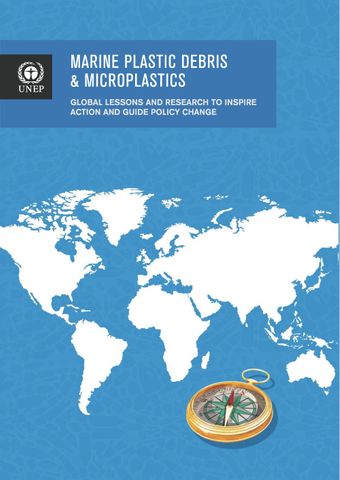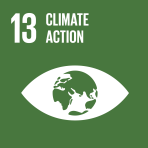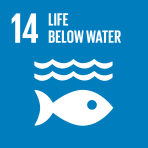Executive summary

- Author: United Nations Environment Programme
- Main Title: Marine Plastic Debris and Microplastics , pp 16-19
- Publication Date: May 2016
- DOI: https://doi.org/10.18356/e6252c36-en
- Language: English
Plastic debris, or litter, in the ocean is now ubiquitous. Society’s adoption of plastics as a substitute for traditional materials has expanded almost exponentially since the 1950s, when large-scale plastic production began. Durability is a common feature of most plastics, and it is this property, combined with an unwillingness or inability to manage end-of-life plastic effectively that has resulted in marine plastics and microplastics becoming a global problem. As for many pollutants, plastic waste is a trans-boundary, complex, social, economic and environmental problem with few easy solutions. Warnings of what was happening were reported in the scientific literature in the early 1970s, with little reaction from much of the scientific community. It is only in the past decade that the scale and importance of the problem has received due attention. This report was prepared at the request of the first United Nations Environment Assembly, which took place 23-27 June 2014, hosted by UNEP in Nairobi, Kenya (Resolution 16/1). It is intended to summarise the state of our knowledge on sources, fate and effects of marine plastics and microplastics, and describe approaches and potential solutions to address this multifaceted conundrum. Plastic litter in the ocean can be considered a ‘common concern of humankind’.
-
From This Site
/content/books/9789210601603c004dcterms_title,dcterms_subject,pub_keyword-contentType:Journal -contentType:Contributor -contentType:Concept -contentType:Institution105


